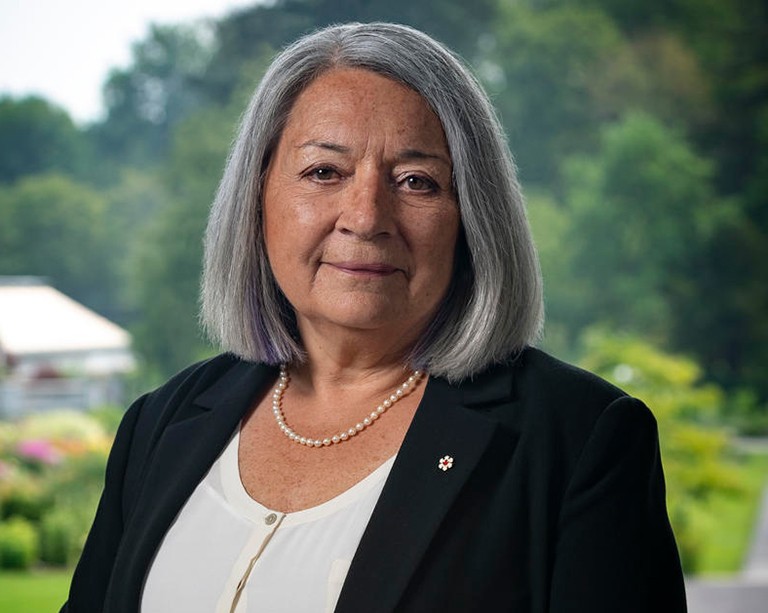Researcher Théo Chauvirey uses biomaterials to reimagine public transport vehicles

Like many people, Théo Chauvirey often feels anxious about the state of the world’s environments and ecosystems. Yet unlike most, he is seeking to inspire change — through his work with the vegetative part of a fungus.
Chauvirey, a master’s student in Concordia’s Department of Design and Computation Arts, researches how to incorporate biomaterials in public transport design. He aims to start conversations about how we build vehicles so they rely less on wasteful products.
He is supervised by Martin Racine, associate professor in the Department of Design and Computation Arts. In addition to his master’s work, Chauvirey recently exhibited a research-creation project at the first Milieux Institute Expo, alongside his collaborator WhiteFeather Hunter.
On November 16 and 17, at the Montreal Mini Maker Faire at Concordia, Chauvirey will display the potential of mycelium (mushroom roots) in public transport design, as well as a dress produced with bacterial cellulose and embedded 3D-printed patterns.
Chauvirey is a student member of Hexagram, the international research-creation network based in part at Concordia. And he's a theme park enthusiast.
Concordia is open-minded about transdisciplinary approaches
How does this specific image (top right) relate to your research at Concordia?
Théo Chauvirey: This is a microscopic view of mycelium, which is the white filamentous matter that grows in soil and produces mushrooms. The packaging industry first used this material as a commercial product because mycelium works as an alternative to oil-based Styrofoam.
Since then, designers, makers, architects and engineers across the world have been studying and experimenting with this material. Their projects range from object design to fashion to experimental architecture.
I noticed that transport design was often ignored in this research, which is strange considering the material’s amazing potential. Mycelium is lightweight, strong, fire retardant and completely compostable. My research aims to investigate how to integrate mycelium-based biomaterials in public transport design, as well as how to phase out oil-based fiberglass-reinforced composites.
What is the hoped-for result of your project?
TC: My project resulted in a full-scale model of a section of a metro car. We made the seats, wall and ceiling using mycelium-based biomaterials. This research didn’t aim to deliver a final and polished prototype of the metro of the future but to attract attention to the debate over how we build vehicles and the limits of the reduce, reuse, recycle paradigm.
If we want to bring about real change, we must consider bio-inspired solutions and shift toward a circular economy that creates connections between local stakeholders.
What are some of the major challenges you face in your research?
TC: I have an undergraduate degree in design from the Université du Québec à Montréal, but my research involves notions of science, biology and materials engineering. There are so many things I had to learn from scratch.
Sometimes it is difficult to understand the limits of my role as a biodesigner. I always question if I should keep my focus on the conceptual and design aspects of the project, or if I should incorporate more of an engineering approach that involves material resistance testing.
What person, experience or moment in time first inspired you to study this subject and get involved in the field?
TC: This project first caught my attention in 2016 when the Société de transport de Montréal launched its call for projects to give the old MR-63 metro cars a second life. I realized that getting rid of these kinds of vehicles is complex because of their size and quantity.
I wondered how recyclable these vehicles are and quickly realized that they use fiberglass-reinforced composites. These materials are environmentally problematic because they work with petrol-based products and are almost impossible to recycle.
My supervisor first mentioned mycelium when I asked him how I could make my research topic a bit more unconventional. Concordia is very open-minded about transdisciplinary approaches, so I really wanted my project to include my interest in biotechnologies.
How can interested STEM students get involved in this line of research? What advice would you give them?
TC: If you feel concerned about all the environmental issues in this world, you are already on the right track. Be critical when you observe your environment or the way people behave, but also look for potential. Share practices that deserve attention with a wide audience.
What do you like best about being at Concordia?
TC: Concordia is well equipped to encourage students who want to work with biomaterials. The Milieux Institute for Arts, Culture and Technology is a multidisciplinary research institute within the university that provides spaces and tools to properly conduct these kinds of projects.
Thanks to Milieux, I had the chance to meet extremely inspiring people such as bio-artist WhiteFeather Hunter, with whom I had the chance to collaborate on creative projects using living biomaterials.
Are there any partners, agencies or other funding/support attached to your research?
TC: First, I want to thank Milieux for providing an awesome research environment and the FOFA Gallery for their scholarships.
My thesis supervisor, Martin Racine, has been a huge support through this journey. Finally, I also appreciate the guidance and mycelium culture kits Ecovative Design provided for my research.
Learn more about Concordia’s Department of Design and Computation Arts.
And don’t miss the Montreal Mini Maker Faire, taking place on November 16 and 17, 2018, from 10 a.m. to 6 p.m. in the Abe and Harriet Gold Atrium of Concordia’s Engineering, Computer Science and Visual Arts Integrated Complex (1515 Ste. Catherine St. W.). Admission is free of charge and all are welcome.


